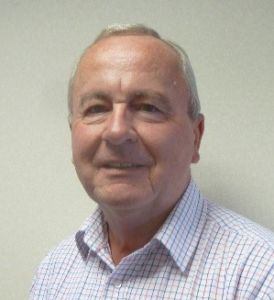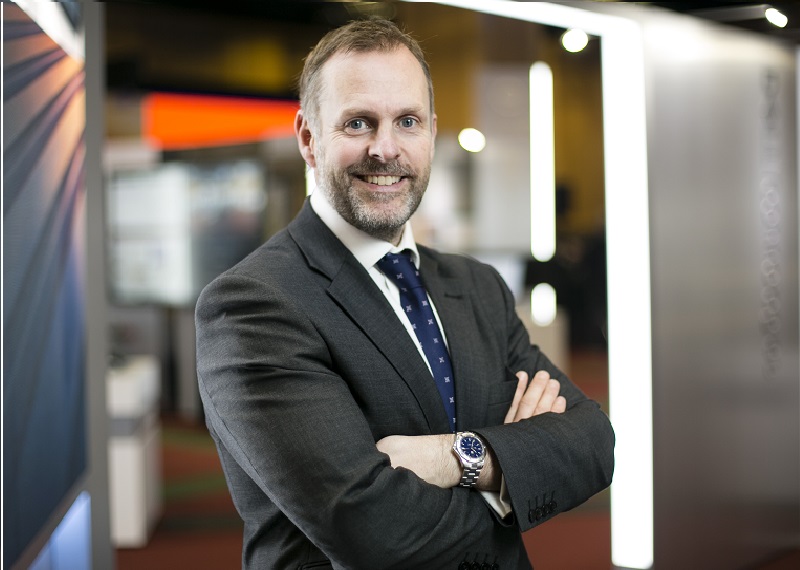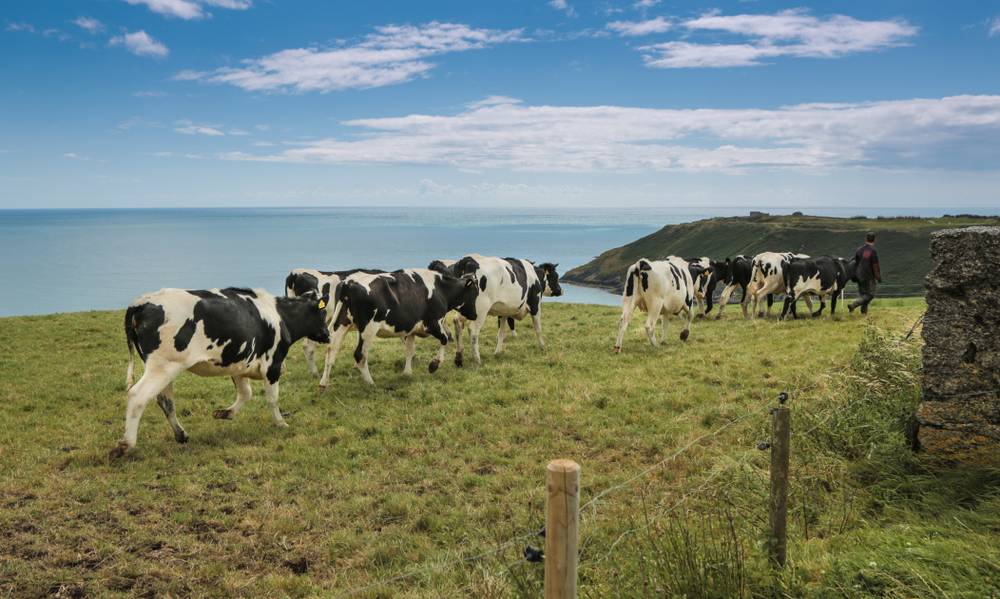David Atherton, CEO of Thomson & Joseph, a UK-based dairy nutritionist and soils expert outlines how he has helped pioneer an intriguing soil-improvement programme.
How important a role can biology play in helping unlock a treasure trove of nutrients from pasture-based soils for the benefit of our dairying and beef industry? Here David Atherton explains how this soil-improvement programme can do just that.
What is Thomson & Joseph?
Thomson & Joseph is a supplier of nutritional feed additives to the agricultural supply industry both in Ireland and the UK. We supply some of the nutritional inputs that end up in animal feed along with mineral supplements utilised on-farm. We specialise primarily in mineral nutrition, covering not only the animal feed side but also nutrients that are applied onto both soil and crops and are based in Norwich on the east coast of England.

How does dairy farming in Ireland compare with dairying in the UK?
In general terms, there is quite a marked difference. In Ireland, it’s very much what we call a pastoral model. Grass is clearly the cheapest food for dairy cattle, and milk production in Ireland is very much dependent on grass and grass silage. In the UK, dairy cows on average are fed 50pc grass and 50pc concentrate feed. So as a result, as it’s less dependent on grass, and as a consequence, milk production per cow is higher than it would be in Ireland.
The grass-based model in Ireland interests me considerably because it is the most sustainable model that we have for milk production around the world. The Irish dairy model has tremendous potential to not only lead to produce milk, but also to be environmentally sound as well. Because the way we grow grass in Ireland and the way we pay attention to soil fertility and soil health, I think in the future we’ll have a big role to play in terms of carbon balance on farms; as soil under grassland has a great ability to capture and lock up carbon dioxide from the atmosphere. We don’t see that ability so much with other crops. So, I think there’s tremendous potential for the Irish dairy model to have a very positive impact on sustainability going forward.
“I think in the future we’ll have a big role to play in terms of carbon balance on farms; as soil under grassland has a great ability to capture and lock up carbon dioxide from the atmosphere”
What is different about your business?
Our business is different, in that we take an integrated approach to mineral nutrition, by extending our attention beyond farm livestock. Mineral nutrition is a natural cyclical activity, beginning in the soil, with the minerals taken up by plants, such as grass. Next, the grass is then consumed by the cow and many of those mineral nutrients end up in slurries and manures that go back out onto the soil again. So minerals are cycled around that natural process, with some of the minerals taken up by the cow, ending up in milk and meat. Our approach is ensuring we have a sharp focus at each point of that natural mineral cycle.
What problems do you help solve?
Interestingly over the last twenty-five years, we have noted a progressive deterioration in the mineral quality and nutrient composition of forages such as grass silage. In addition, we have perceived an increasing risk of mineral nutritional disease particularly in dairy cattle, such as problems at calving, infertility and so on. Essentially, the incidents of nutritional disease in dairy cattle is very much influenced by the composition of forage, such as grass silage, which in turn is influenced by the soil.
As everything is related, an integrated approach enables us to look at the bigger picture. It’s the consequences of these higher mineral risk factors, which is where our interest lies, by helping provide intuitive nutritional solutions which is really what makes it such a fascinating subject.
“Mineral nutrition is a natural cyclical activity, beginning in the soil, with the minerals taken up by plants, such as grass”
In Ireland, we work in conjunction with Devenish and we offer a three-step soil improvement programme. From the work that we have done so far, the return on investment for the dairy farmer is considerable; ranging from 6:1 to 12:1 in terms of a cost-benefit ratio. Essentially, the main benefits we see are that of making better use of the nutrients that are stored in soil and slurry. Many of these nutrients are locked up or their availability is diminished for various reasons. Biology plays a major role in basically unlocking this treasure trove of nutrients particularly in the soil and making them much more available to the plants, which means less chemical fertilizer inputs, and as a consequence has a positive knock-on effect with regards to sustainability.
How important has innovation been in helping the business grow?
Innovation has been very important over the years. We’ve seen some interesting developments, in the main coming out of North America, looking specifically at bioavailability of mineral nutrients. By that we mean increased absorption and utilisation within the animal, in order to support milk production growth and also to minimise some of these risk factors that I’ve already mentioned. So, there’s been considerable innovation in the mineral-nutritional sector.
“I think there’s tremendous potential in the tillage area to introduce biology, in a way that improves the sustainability of arable crop production”
Your biggest break for the business?
I think the biggest break has been investigating and evaluating biological products that have a role within this integrated mineral cycle. In more recent years, we’ve become aware of the importance of biology particularly in terms of soil health and in terms of treating and improving slurries. So, it’s the introduction of these microbial biological products that has provided the biggest breakthrough, that I have seen in recent years.
Who do you admire in business?
The person I admire the most is Richard Branson as he is a great innovator and thinks differently. When you look at his business empire, it encompasses a tremendously wide range of different activities that he’s addressed in a way that actually creates viable business models, across a range of sectors such as airlines, music companies and train operating businesses.
What’s next for the business?
The next step for Thomson & Joseph is really to expand our interest in biology and its role, not only in producing more sustainable milk and beef from the cattle industry, but also to apply that to the tillage industry as well. Tillage production like grass production has been dependent on a route-one chemical approach with nutrient applications, for the last fifty years. I think there’s tremendous potential in the tillage area to introduce biology, in a way that improves the sustainability of arable crop production.
Interview by Brendan Byrne
Published on 1 June, 2019






